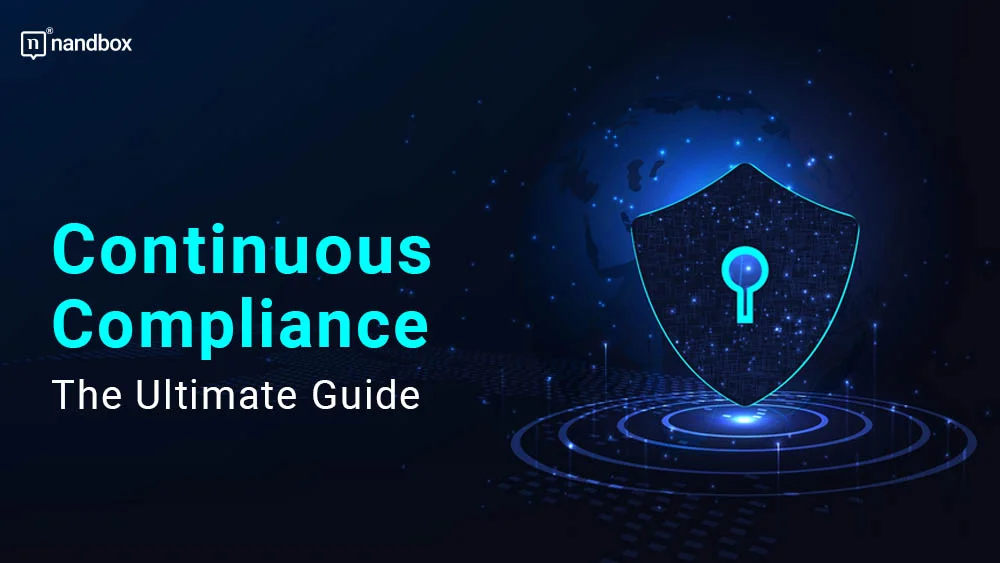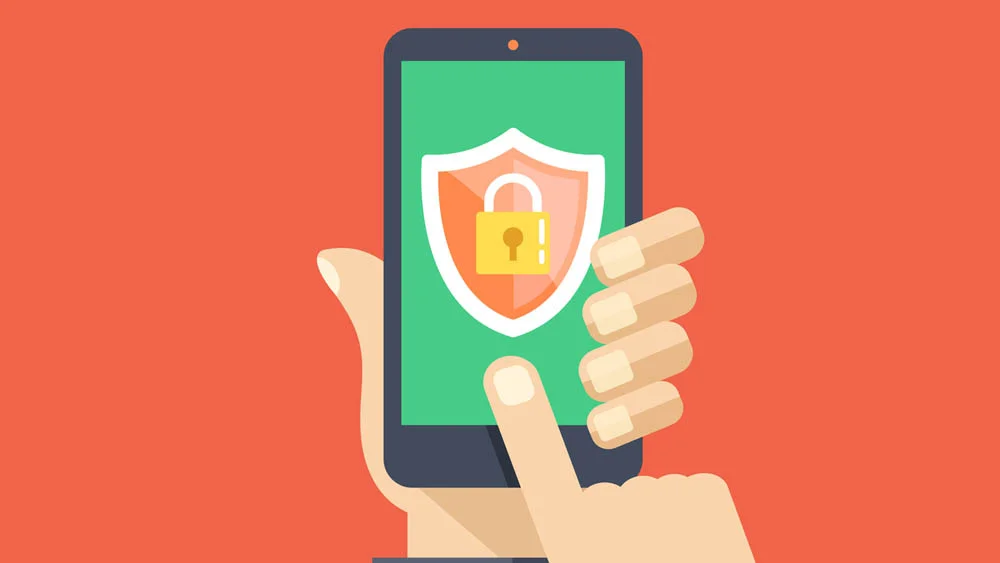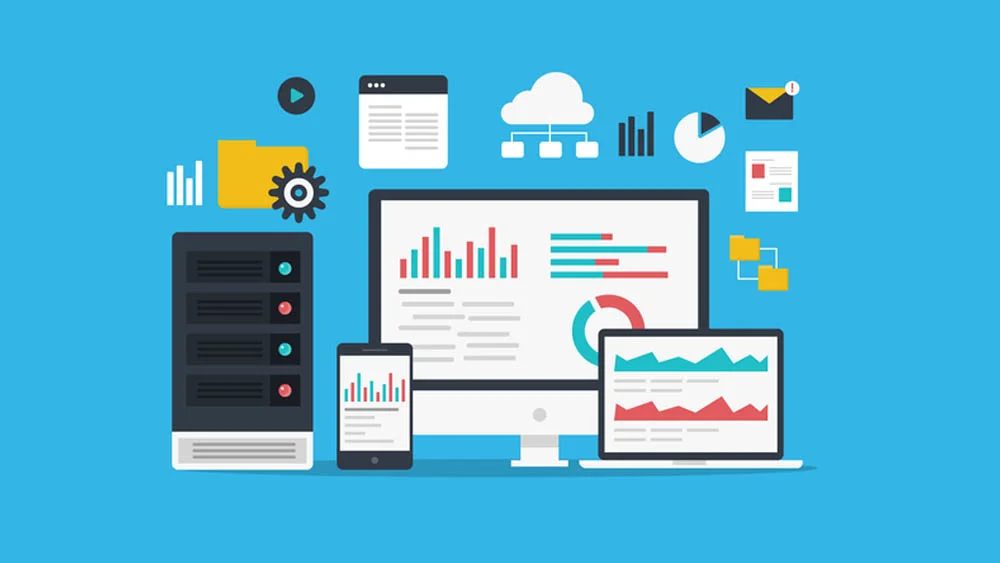What Is Continuous Compliance and How to Achieve It
Perfectly balanced, as everything should’ve been. Everything around runs in an orderly manner, kept in compliance. This, for sure, includes all aspects of our lives. But, did you know it also includes applications and businesses? You can think of them as their own small worlds, with separate environments and running in a specific order. There is a set of rules and guidelines that regulate applications and organizations. Security is one of the primary areas that is strictly regulated by these guidelines and kept in continuous compliance. In this article, we will demonstrate the term “continuous compliance,” its significance, and how to achieve it.
What is Continuous Compliance
Just as everything starts, let us start with “what is continuous compliance?”. Compliance usually means going in a straight line and avoiding any deviation that might put you at risk. This straight line that any organization or application follows is made up of the policies, guidelines, and specific criteria that are set by much higher authorities. These guidelines or regulations are one of the most important components of any app development process.
Developers are not only entitled to the security guidelines that continuous compliance focuses on. They are also entitled to other guidelines that, for instance, set the way they design the application or the overall functions they integrate.
Continuous compliance is the practice of keeping an eye on and monitoring all the security practices used across the organization as a whole or an application singularly. Since applications are always dealing with users’ data, that can be vulnerable or sensitive in many cases. It is critical to maintain and achieve continuous compliance. As it helps identify any issue that arises with security immediately and eliminate any chances of risk.
Why is it important to Achieve Continuous Compliance
Security is no joke when it comes to app development or maintenance. It is a great factor that determines the success and effectiveness of any app. With the surge in the number of apps and also the increased awareness of users’ data privacy. Developers can’t risk exposing their users to any vulnerabilities or breaches, and this is where continuous compliance comes into the picture. We are going to list the reasons why continuous compliance is critical to any developer and development process.
1.) Improve brand and organizational image
Keeping the whole organization and application up-to-date and maintaining security constantly helps improve the brand’s image significantly. The more you show through actions and continuous maintenance, the more users trust your application and brand. This, in the long term, will help build a loyal user base and acquire new users as well.
2.) Always Ready with real-time info
Continuous compliance is all about keeping an eye on the security practices used across the whole organization. This makes it a major part when it comes to identifying any gaps or breaches that may arise immediately and in real time and solving them along the way. This allows developers to always be prepared to fix any gaps, as they now have a more in-depth and rapid understanding of everything that is going on with their apps.
3.) Enhance application security
There is no doubt that we already established the fact that continuous compliance helps in identifying and fixing any vulnerabilities found across the application. The process of constant identification and fixing will also enable developers to get to know new and improved technologies and practices that they can use. This, in turn, can enhance security to a great extent and allow developers to operate faster and more efficiently.
The Different Aspects of Continuous Compliance
Now that we have gone through the importance of continuous compliance. Let us also explore the different faces and aspects it has.
1.) Policy Management
Policy management is everything that has to do with the rules and regulations set. It makes sure that all the components of the organization and/or application follow the set regulations exactly. It also includes the organization’s or application’s own policies and how they should be updated on a regular basis to ensure clarity and transparency.
2.) Vulnerability Management
Vulnerability management is the process of running manual or automated tests across all systems to specify all the vulnerabilities and weak points that may lead to bigger and larger risks. This process doesn’t only include identifying; it also includes fixing and recording the whole process to make sure that these issues won’t arise ever again.
3.) Data Management
As data is the core of any application, it is logical that data management is one of the most important aspects of continuous compliance. Data management is the process of keeping all sensitive information and data provided by users safe and monitored on a regular basis. This can be accomplished through a variety of methods, including data encryption.
4.) Risk Management
In addition to identifying the vulnerabilities that we did previously, risk management allows developers to understand their risks from all angles and to what extent they would impact the organization or application. It prevents any breach or attack from going out of control and helps limit and eradicate it.
Practices to Achieve Continuous Compliance
Identify and comprehend all the standards needed
The first step to achieving continuous compliance in your organization is to identify and comprehend all the standards that apply to your industry and operations. This includes all types of regulations, such as local, as well as industry-specific standards. Once you have a clear understanding of the standards that apply to your type of business, you can develop a plan that addresses each requirement. This in turn ensures that your business is in compliance and meeting all necessary standards.
Implement powerful security practices
One of the best ways to achieve continuous compliance is to implement powerful security practices. This includes regularly updating and patching your application or software. Using encryption and multi-factor authentication and regularly backing up all data are a few examples of the many security practices developers can use. By prioritizing security, you can reduce the risk of data breaches and other security incidents that could lead to compliance violations.
Record each step of the compliance process
Keeping a record of each step of the compliance process is crucial for achieving continuous compliance. This includes documenting policies, procedures, and assessments made along the way. By keeping detailed records, you can easily demonstrate compliance with regulators, and quickly identify areas that need improvement. Additionally, having a clear record of your compliance process can help you identify patterns and make informed decisions about your application or organization in the future.
Use technology to streamline compliance processes
To achieve continuous compliance in your business, you must use technology to streamline compliance processes. This can include using tools and new software to automate compliance tasks. Such as tracking and reporting on compliance activities and using cloud-based solutions to store and manage related data. By using technology to streamline compliance processes, you can reduce the risk of errors and ensure that your compliance processes are more efficient and effective. Additionally, technology can help you stay up-to-date with changing regulations and standards, which is critical for maintaining continuous compliance.







